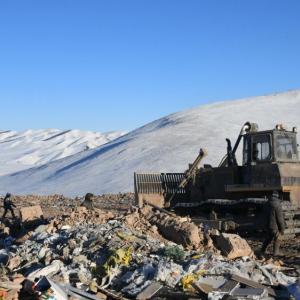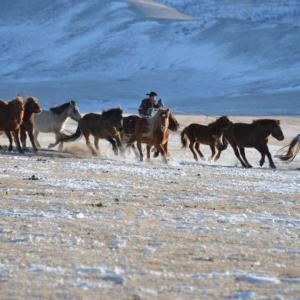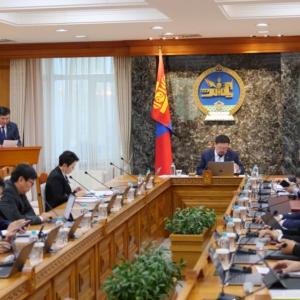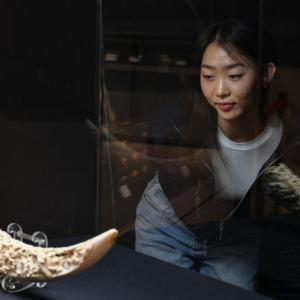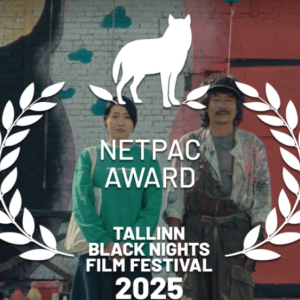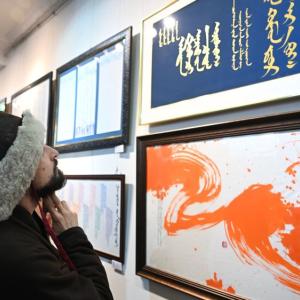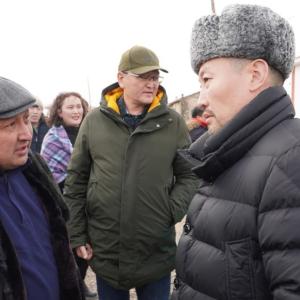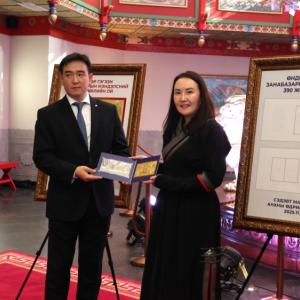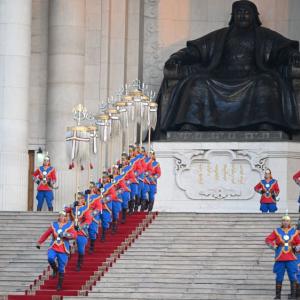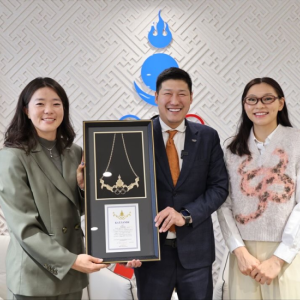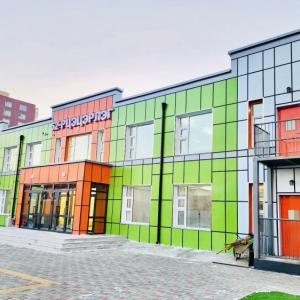One of Nine Wonders of Dundgobi aimag: Sum Khukh Burd
Art & Culture
Dundgobi /MONTSAME/. The ancient historical and cultural site of Sum Khukh Burd is said to be the only oasis of the Gobi desert. The site is located 70 km to the northwest of the Dundgobi aimag center, and 18 km from the astonishing rock formations of Baga Gazriin Chuluu.
Tourists are largely attracted to the ruins of a stone castle that was built around the 16th to 17th century on a small isle surrounded by a lake. About 3,000 foreign and domestic tourists and travelers visit the site aside from participants of various conferences and discussions organized at the location. The site was taken under state special protection in 1998.
Around 7 to 8 meters tall, the ruins are 25 meters in length and 10 meters in width. The large structure consists of 4 main parts with walls that are 150 cm thick. Most interestingly, the material used to build the structure is flat, smooth stones that could be said to have been “perfectly manufactured” by nature. Similar stones are found over 200 km to the south of the site.
The castle was built by Mongolians at the commission of a Tibetan lord’s son in the 16th century. However, he was arrested and sent back to his country before the construction’s completion. It is said that the temple structure was left without roof, and continued to be in the same state due to lightning strikes despite numerous attempts.
Despite having inflow from three brooks, there only remains one inflow for the lake near the site, Khukh Burd Lake, significantly bringing down the water levels.
To restore the Khukh Burd Lake, Dundgobi aimag has been implementing a project on restoring the ecological balance of the ancient historical site of Sum Khukh Burd and transforming the area into a tourist region from 2015. In its framework, construction and appropriate measures have been implemented in phases, with fences set up for protection and wells and artificial ponds created as well as car parks, gers for accommodation, and pedestrian paths constructed to improve the lake view and increase its water levels.
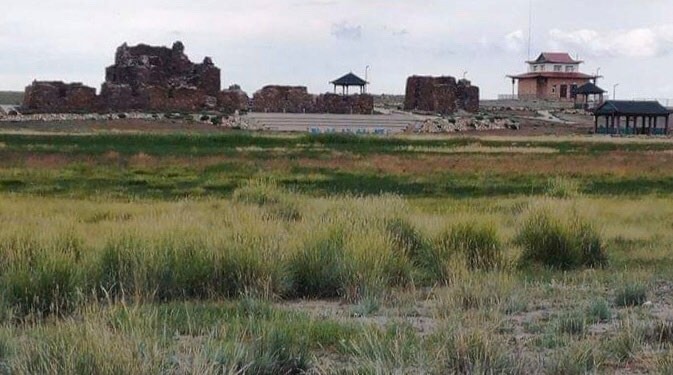
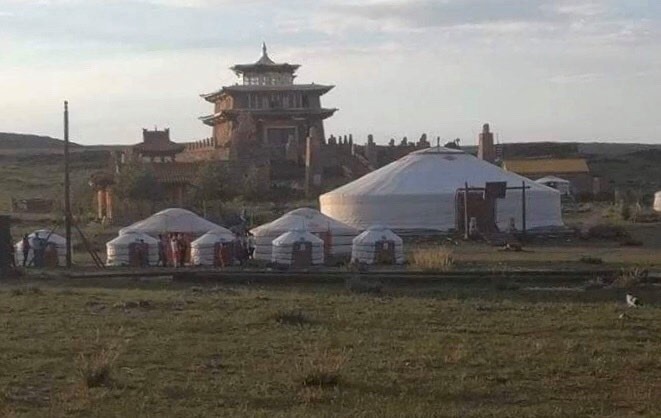
 Ulaanbaatar
Ulaanbaatar


















